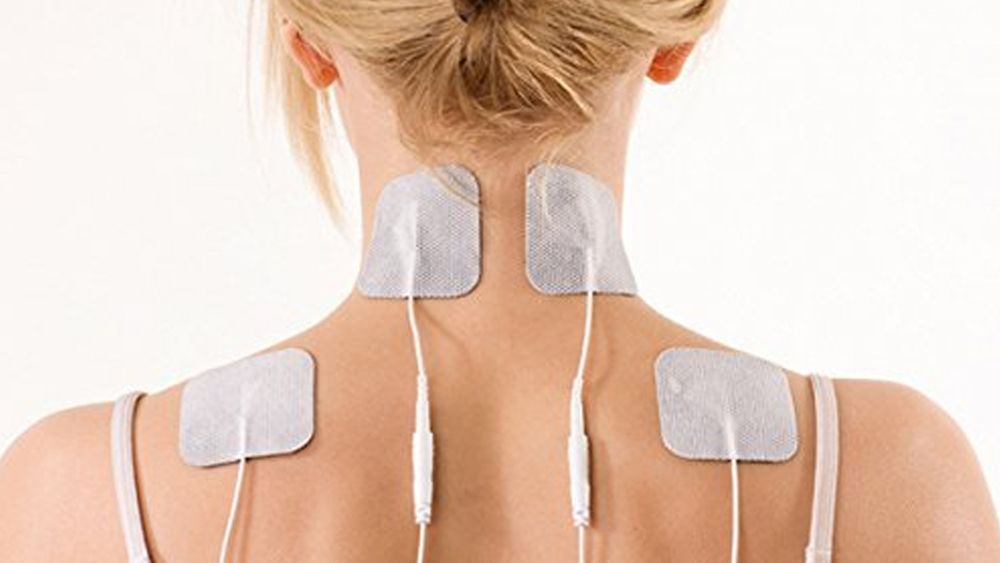What’s the Buzz About E-Stim, Tens, & NMES

At Peak Performance in Buffalo, NY, we’re dedicated to helping you move better and feel your best. Whether you’re managing pain, recovering from an injury, or seeking to enhance your physical performance, there are so many advanced therapies are designed to support your goals. Let’s dive into the specifics of three popular therapies: E-Stim, TENS, and NMES. Each one brings something unique to the table, and understanding how they work can help you make informed decisions about your care.
E-Stim: Electrical Stimulation
Electrical Stimulation (E-Stim) uses targeted electrical impulses to stimulate muscles and nerves. This therapy is effective in reducing pain, improving circulation, and accelerating the healing process. By mimicking the natural signals your brain sends to your muscles, E-Stim can help reduce muscle spasms, decrease inflammation, and improve range of motion. It’s a powerful tool in rehabilitation and recovery, offering targeted support to help you get back on track. It’s main focus is muscle recovery but can have other benefits as well.
Who’s it for? E-Stim is ideal for individuals recovering from surgery, injury, or those experiencing chronic pain. It’s a versatile therapy that can be tailored to specific needs, making it a valuable addition to your chiropractic care plan.
TENS: Transcutaneous Electrical Nerve Stimulation
Transcutaneous Electrical Nerve Stimulation (TENS) focuses on pain relief by stimulating the nerves. This therapy works by sending electrical pulses through the skin, which can block pain signals from reaching the brain and encourage the release of endorphins, your body’s natural painkillers. TENS is a popular choice for managing chronic pain conditions and can be easily adjusted to suit your comfort level.
Who’s it for? TENS is best suited for those seeking non-drug pain management options. If you’re dealing with chronic pain or need additional relief between chiropractic sessions, TENS might be the perfect solution for you.
NMES: Neuromuscular Electrical Stimulation
Neuromuscular Electrical Stimulation (NMES) targets specific muscles to enhance strength, endurance, and function. By sending electrical impulses directly to the muscles, NMES induces contractions that can help maintain or improve muscle mass, prevent atrophy, and support quicker recovery. It’s widely used in sports medicine and rehabilitation, offering a boost to those looking to maintain or enhance muscle function.
Who’s it for? NMES is great for athletes aiming to improve performance, patients recovering from surgery, or anyone experiencing muscle weakness. It’s an effective way to stay strong and active, even when traditional exercise isn’t an option.
Who Should Avoid
While E-Stim, TENS, and NMES are effective therapies for many, certain individuals should avoid using these devices due to potential contraindications. People with pacemakers or other implanted electronic devices, those with a history of heart problems, or individuals who are pregnant should not use these therapies without consulting a healthcare provider. Additionally, these devices should not be applied over areas with broken skin, active infections, or near the neck and chest due to the risk of affecting heart rhythms. Always discuss your medical history with your chiropractor before starting any new therapy to ensure it’s safe for you.
Your Next Step
At Peak Performance in Buffalo, NY, we’re committed to providing evidence-based care that’s tailored to your unique needs. Whether you’re considering E-Stim, TENS, or NMES, our team is here to guide you through your options and find the best fit for your health and wellness goals. Be sure to talk with your chiropractor about these therapies at your next visit!
Bethany Wolcott
D’Youville Chiropractic ‘26












